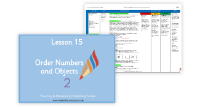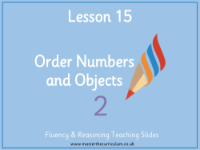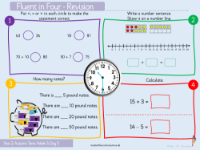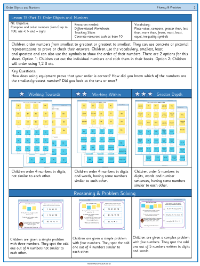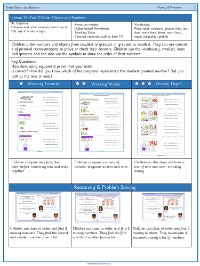Place value - Order numbers and objects - Planning
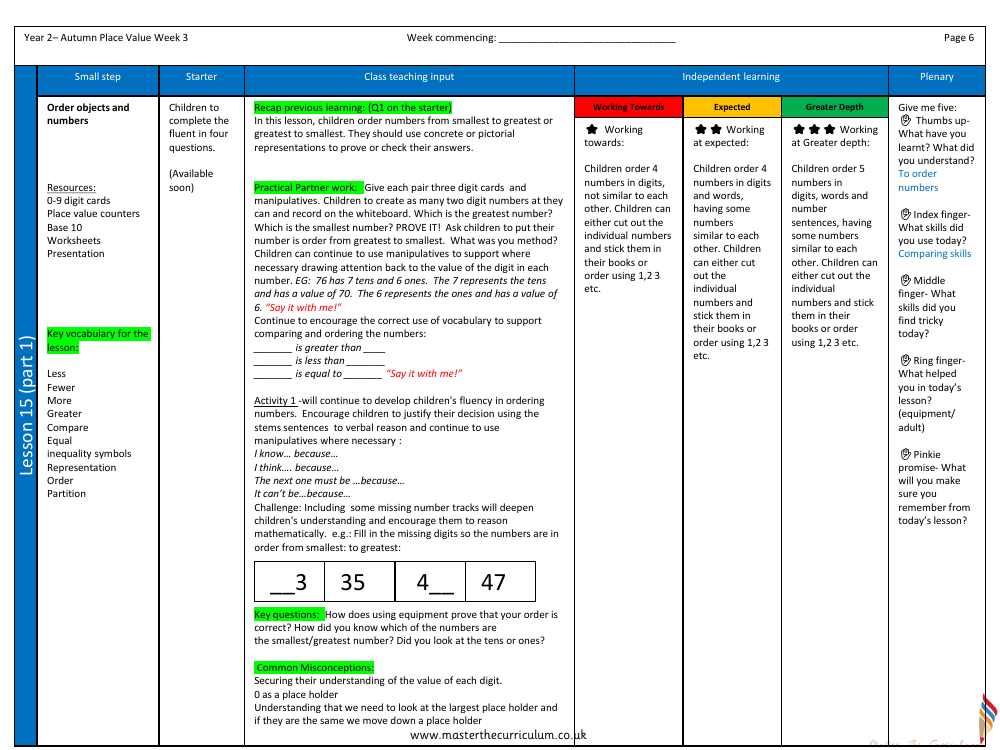
Maths Resource Description
In the Year 2 Autumn Place Value curriculum, Lesson 7 focuses on teaching children how to order numbers and objects by size. Utilising a variety of resources such as digit cards, place value counters, and Base 10 equipment, students are encouraged to explore the concepts of 'less', 'fewer', 'more', 'greater', and 'equal', while also becoming familiar with inequality symbols and the importance of numerical representation and order. The lesson begins with a recap of previous learning and a practical partner activity, where students create and order two-digit numbers using manipulatives, reinforcing the value of each digit. They are prompted to use clear vocabulary and prove their reasoning, understanding that, for example, in the number 76, the 7 represents 70 and the 6 represents 6. This understanding is crucial as they progress to more complex tasks, including missing number challenges that deepen their reasoning skills.
As the lesson continues with part 2, children move on to ordering using a broader array of pictorial representations and everyday objects to represent numbers, such as pencils or pots of pens. Group work encourages the use of mathematical language and inequality symbols to place numbers in order. They are guided to justify their choices with stem sentences, enhancing their ability to explain their reasoning. An important aspect of the lesson is overcoming common misconceptions, such as the role of zero as a placeholder and the necessity of comparing the largest place value first. The lesson concludes with a 'Give me five' reflection activity, helping students to articulate what they've learned, the skills they've used, and what they found challenging. Differentiated tasks cater to various levels of understanding, from working towards the expected level to achieving greater depth, where children may encounter a mix of tens and ones, including representations of money.
